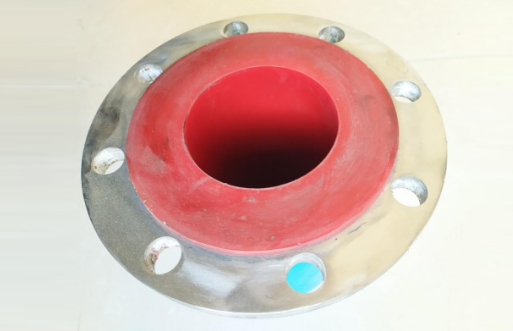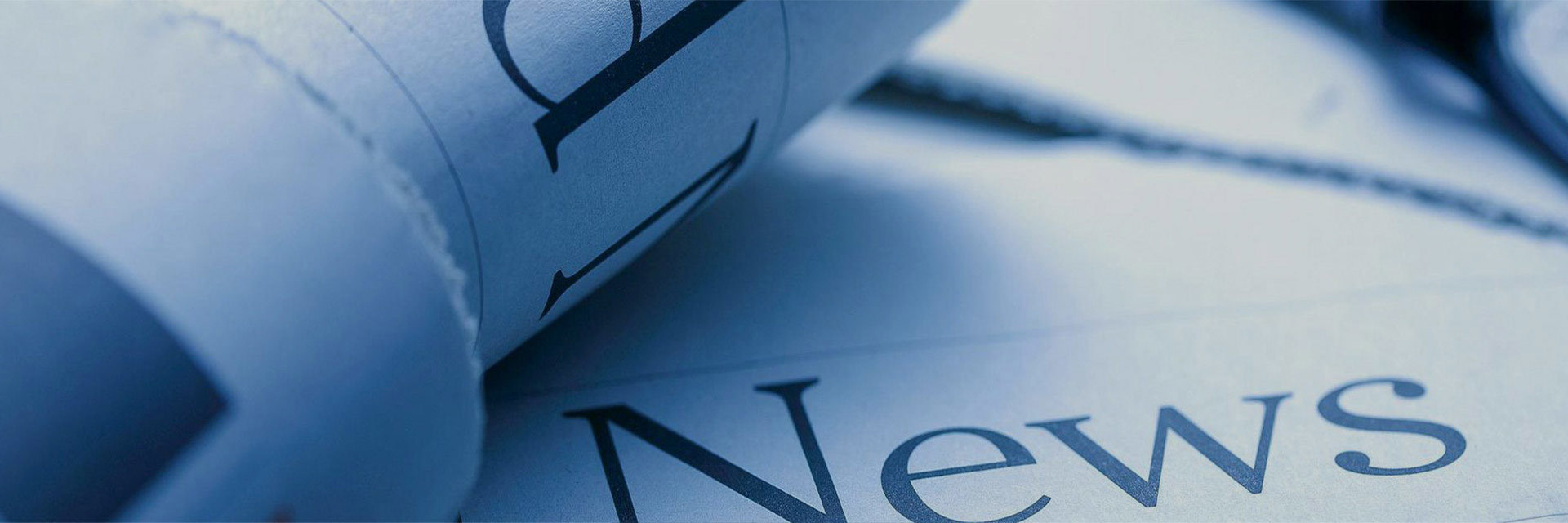Polyurethane lined pipe
Release time:
2025-08-25
New Polyurethane lined pipe Is One of the Main Spots Products of Baytain With the Best Quality,With Professional Production Facilities,Welcome to Call


Polyurethane lined pipe
Polyurethane lined steel pipe is a high wear resistant pipeline product, which is widely used in mineral processing pipelines and tailing transmission pipelines. Fossil-fuel power station use the pipeline for coal and ash removal systems, as well as for oil, chemical, cement and grain industries.
Features
1. Wear-resistant
2.Prevent Scaling
3.Corrosion Resistance
4. Resistance to hydrolysis aging
5. High Elasticity
6. Resistance to Mechanical Shock
7. Self-lubrication
BAYTAIN selects the premium master batch with nano-modified approach to strength the polyurethane material’s function. It makes the polyurethane lined products with more steady chemical structure and demonstrate its adaptability in the working circumstance.
The polyurethane lined steel pipe, as one of domestic patent of mining products in BAYTAIN, is popular and being used by our mining customers.
Comparison of properties between common polyurethane and nano-modified polyurethane
| Testing item | Common polyurethane test index | (nano-modified) polyurethane |
| Tensile strength | 15-21MPa | 19-28MPa |
| 300%setting the stretching strength | 8-10MPa | 11-13MPa |
| Tensile elongation | 400-500% | 400-500% |
| Break permanent deformation | 5-8 | 5-8 |
| The tear strength | 5MPa/cm | 6.8MPa/cm |
| Shear strength | 6MPa/cm² | 8.1MPa/cm² |
| Avulsion intensity | 7.5MPa/cm² | 11MPa/cm² |
| Peel strength | 1.4MPa/2.5 cm² | 2.1MPa/2.5 cm² |
| Akron abrasion | 0.045cm³/1.61km | 0.008cm³/1.61km |
| Low temperature brittleness | -42 | -70 |
| Hardness (shaw A) | 60-100 | 60-100 |
| The density | 1.12 | 1.12 |
In the demanding world of industrial processing and mining, the transportation of abrasive slurries, corrosive chemicals, and granular materials presents a constant challenge to pipeline integrity. Standard carbon steel pipes succumb rapidly to wear and degradation, leading to frequent downtime, high maintenance costs, and lost productivity. To combat this, engineered solutions have been developed, and among the most effective is the polyurethane lined pipe. This composite structure combines the structural strength of a carbon steel outer shell with the exceptional wear-resistant properties of an internal polyurethane liner. The advantages of opting for a polyurethane lined pipe are profound, offering a transformative solution for industries where abrasion is the primary enemy.
The paramount advantage of a polyurethane lined pipe is its extraordinary resistance to abrasive wear. Polyurethane is a unique elastomer that possesses a remarkable combination of high tensile strength and exceptional elasticity. When solid particles in a slurry impinge upon the liner surface, the resilient polyurethane absorbs the energy and bounces back, resisting cutting and gouging far more effectively than rigid materials like steel or ceramic. This property translates into a dramatically extended service life—often 5 to 10 times longer than that of an unlined steel pipe. By significantly reducing the rate of wall thinning, the polyurethane lined pipe ensures longer operational runs between replacements, minimizing production interruptions and lowering the total cost of ownership.
Furthermore, polyurethane offers excellent resistance to a wide range of chemicals, making it suitable for more than just abrasive slurries. It performs very well against many oils, greases, solvents, and oxygenated compounds, providing a dual defense against both wear and corrosion. This broad compatibility allows a single polyurethane lined pipe solution to be used in diverse applications, from mineral processing and hydraulic mining to certain chemical transfer operations. The non-stick properties of the smooth polyurethane surface also prevent material build-up and coating, ensuring consistent flow rates and reducing the risk of blockages that can plague other piping systems.
Key word:
Polyurethane lined pipe
Prev
Next
Prev
Next
Recommended



